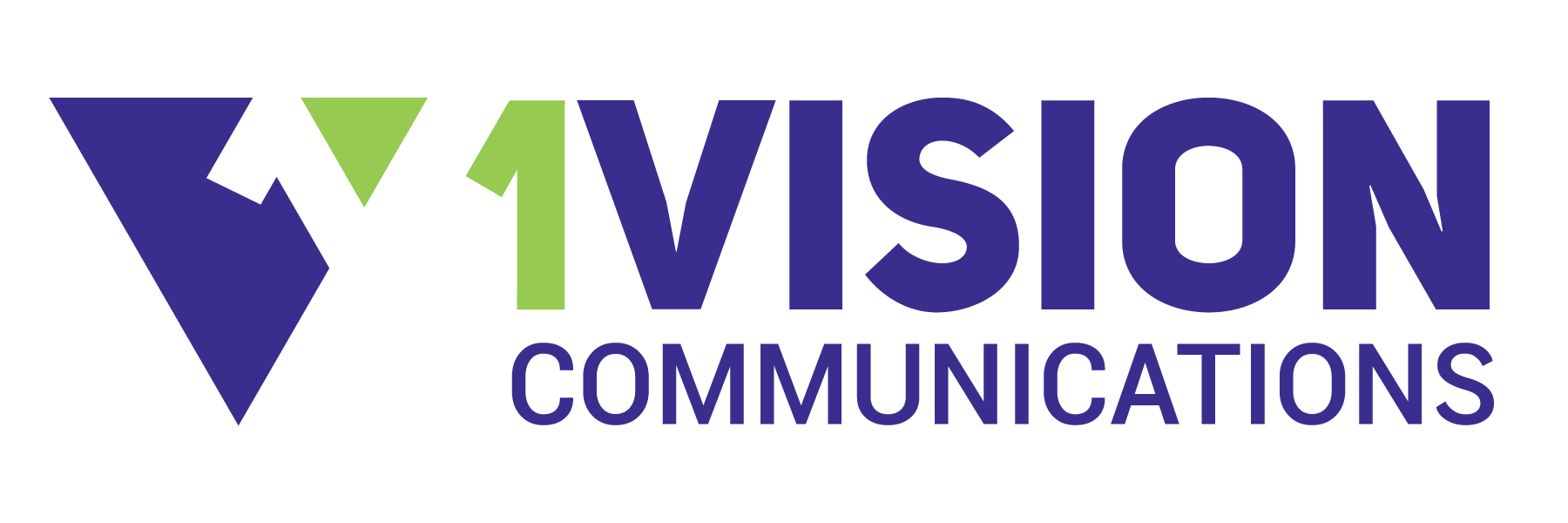Media and Marketing Budget (2/10)
Marketing is like golf – a really good scorer will master both the long- and the short-game. In our venue, this about the short game as winning individual customers and the broader approach about influencing the masses.
Using this ‘complete’ game will be beneficial and is crucial for small businesses and nonprofits to grow and get noticed. Putting a portion of your budget, year over year, into outreach can really pay off. Here are some affordable, high-impact one-to-one ways to boost your efforts:
- Social Media Marketing: (more details coming soon) Use Facebook, Instagram, and LinkedIn to interact with your local community, share promotions, and build brand awareness.
- Sponsoring Local Events: Team up with local events or community groups to show your support and get your name out there among event-goers.
- Email Marketing: Send personalized emails to local customers and supporters with special offers or updates to keep them engaged and coming back.
- Local SEO Optimization: Make sure your website is optimized for local searches so potential customers can easily find you online.
Traditional advertising methods (less targeted, more broad) like outdoor ads, radio spots (including channels like Spotify and Pandora), and TV commercials are still important. Outdoor ads catch the eye in busy areas, radio ads still reach listeners, and TV commercials increase brand visibility. Short TV spots (5-15 seconds) that run online and in search results can also extend your reach to digital audiences. Using these traditional methods alongside digital marketing can boost brand recognition, build credibility, and reach a wide range of consumers often missed by digital-only approaches.
By investing in both strategies, small businesses and nonprofits can connect with their community, attract more traffic, increase brand recognition, and ultimately boost sales and donations, integrating both their short and long game well.



